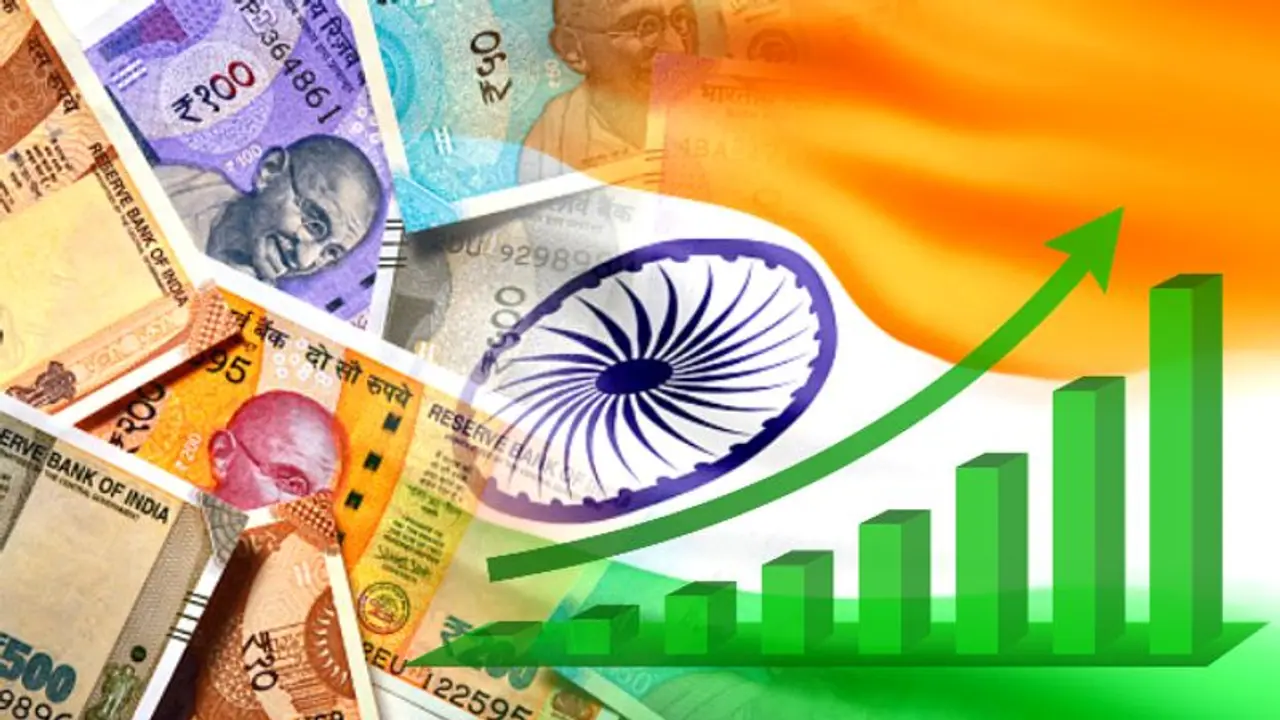In the fiscal year ending March 2023, the Indian economy experienced a growth rate of 7.2 percent. Notably, India's GDP exhibited robust expansion, recording 7.8 percent and 7.6 percent in the June and September quarters, respectively.
On Tuesday, S&P Global Ratings projected that India is poised to become the world's third-largest economy by 2030. However, the country faces a significant challenge in realizing the vast potential and transforming into the next prominent global manufacturing hub. The US-based rating agency anticipates India to emerge as the fastest-growing major economy over the next three years, projecting a GDP growth rate of 7 percent by 2026. This growth is an advancement from the currently estimated expansion of 6.4 percent in the ongoing fiscal year.

In the fiscal year ending March 2023, the Indian economy experienced a growth rate of 7.2 percent. Notably, India's GDP exhibited robust expansion, recording 7.8 percent and 7.6 percent in the June and September quarters, respectively.
"India is set to become the third-largest economy by 2030, and we expect it will be the fastest growing major economy in the next three years. A paramount test will be whether India can become the next big global manufacturing hub, an immense opportunity. Developing a strong logistics framework will be key in transforming India from a services-dominated economy into a manufacturing-dominant one," S&P said in its report titled 'Global Credit Outlook 2024: New Risks, New Playbook'.
As of the conclusion of the 2022-23 fiscal year, India holds the position of the world's fifth-largest economy, boasting a GDP size of USD 3.73 trillion. The current global economic hierarchy places India behind the United States, China, Germany, and Japan.
The International Monetary Fund (IMF) envisions India's economic trajectory propelling it to a USD 5 trillion economy, securing the status of the world's third-largest GDP by the fiscal year 2027-28.
S&P Global Ratings emphasizes that unleashing the full potential of the labor market hinges significantly on the upskilling of workers and an increased participation of women in the workforce. Success in these critical areas is deemed essential for India to fully harness its demographic dividend.
India's rapidly expanding domestic digital market has the potential to drive significant growth in the country's dynamic startup ecosystem over the next ten years, particularly in the realms of financial and consumer technology, as highlighted by S&P. Additionally, S&P notes that the automotive sector in India is poised for growth, buoyed by advancements in infrastructure, increased investment, and ongoing innovation.
Furthermore, S&P underscores the geopolitical landscape, emphasizing that over 50 countries are scheduled to hold presidential and/or legislative elections in 2024, with the outcomes carrying potential global ramifications. Notably, both Russia and Ukraine, currently embroiled in a conflict entering its third year, are slated to conduct presidential elections in March.
Introducing an element of unpredictability to the situations in both the Middle East and Russia-Ukraine conflicts are the upcoming US presidential and legislative elections scheduled for November. S&P underscores the varying stances within the US Congress concerning the provision of additional funding for Ukraine and Israel, adding a layer of uncertainty to the geopolitical landscape.
Moreover, S&P points out that numerous emerging markets, such as Indonesia, India, South Africa, and Mexico, are set to conduct elections in 2024. The potential for low levels of policy predictability in these instances poses a risk to investor sentiment and has the potential to disrupt existing investment prospects.
"Emerging markets still have work to do to reap a bonanza from the ... structural opportunities. For instance, enhancing policy visibility will be critical in attracting investments into these developing trends," S&P said.
